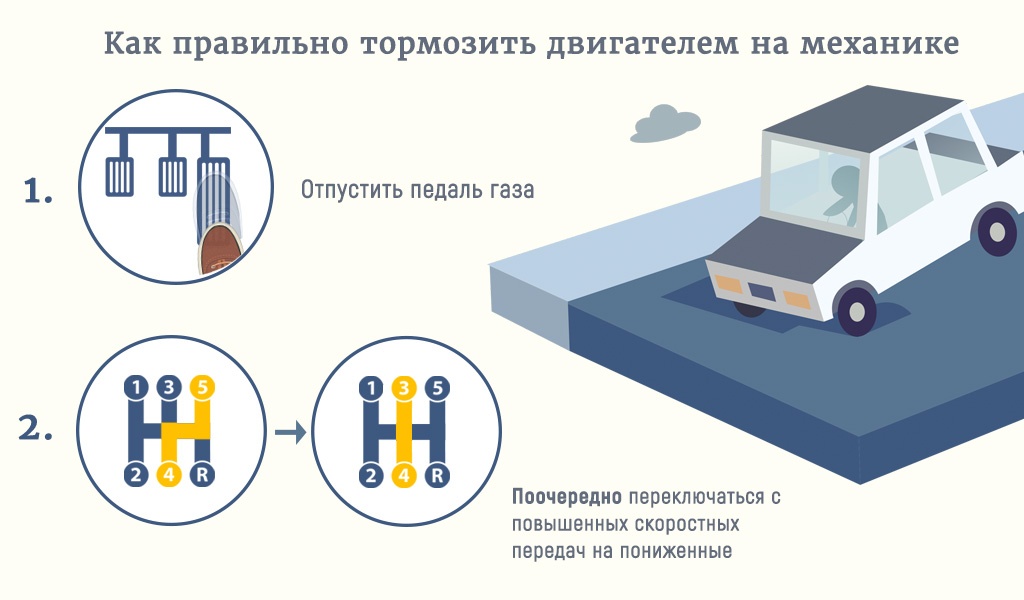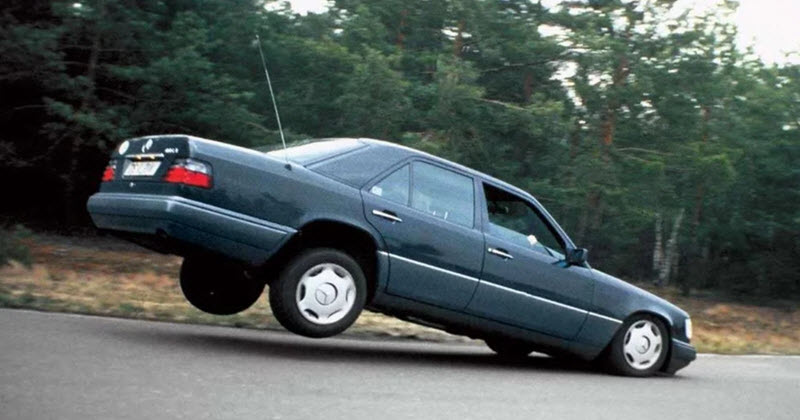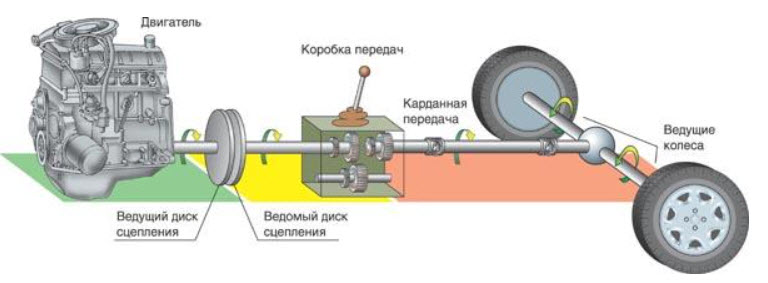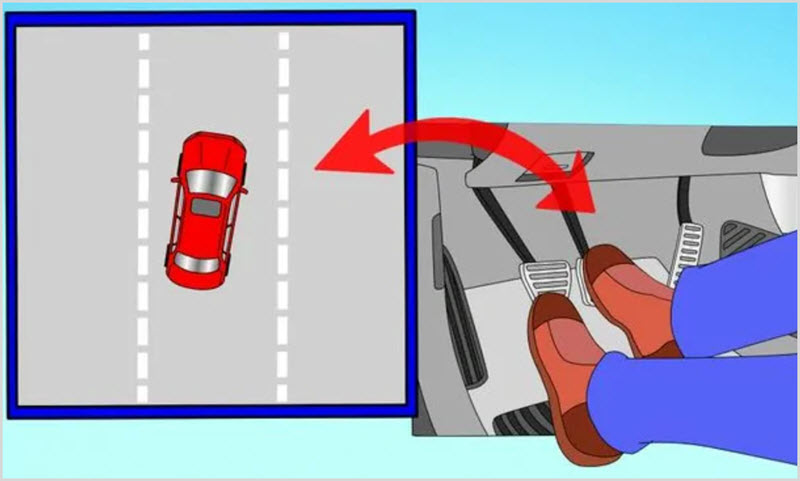
What does it mean to brake the engine and how to do it correctly
Content
To slow down the car, it has a working and parking brake system. But their capabilities are limited, so sometimes it is worth using the help of such a large and serious unit as an engine, which can not only accelerate the car and maintain speed. The mode of selection of excess kinetic energy by the motor through the transmission is called engine braking.

Why does a car slow down when engine braking
When the driver releases the throttle, the engine goes into forced idle mode. Idling - because at the same time it does not send the energy of the burning fuel to the load, but it is called forced due to the rotation of the crankshaft from the side of the wheels, and not vice versa.
If you open the connection between the transmission and the engine, for example, by disengaging the clutch or engaging the neutral gear, then the engine tends to reach idle speed, as it is inherent in its design.
But when braking, the connection remains, so the input shaft of the gearbox tends to spin the motor, using the energy stored by the mass of the moving car.

The energy in the engine during forced idle is spent on friction in the mechanisms, but this part is small, the nodes are optimized to minimize losses. The main part goes to the so-called pumping losses. The gas is compressed in the cylinders, heated, then expanded during the stroke of the piston.
A significant portion of the energy is lost to heat loss, especially if there are obstacles in the path of the flow. For gasoline ICEs, this is a throttle valve, and for diesel engines, especially powerful trucks, they put an additional mountain brake in the form of a damper at the outlet.
Energy losses, and hence deceleration, are higher, the greater the speed of rotation of the crankshaft. Therefore, for effective deceleration, it is necessary to successively switch to lower gears, up to the first, after which you can already use the service brakes. They will not overheat, the speed has decreased, and the energy depends on its square.
Pros and cons of the method
The advantages of engine braking are so great that they must be used, especially on long descents:
- if as much energy as the engine is able to take is allocated in the service brakes, then they will inevitably overheat and fail, but this will not harm the motor in any way;
- in case of failure of the main braking system, deceleration with the help of the engine will remain the only way to save the car, passengers and everything that gets in the way of a faulty car;
- in mountainous conditions there are no other ways to safely descend, brakes that can withstand mountain conditions are not installed on civilian vehicles;
- during engine braking, the wheels continue to rotate, that is, they do not block, and the car retains the ability to respond to the steering wheel, with the exception of an extremely slippery surface, when the tires lose contact even with a slight deceleration;
- with rear or all-wheel drive, the car is stabilized by the deceleration vector;
- the resource of discs and pads is saved.
Not without cons:
- the intensity of deceleration is small, you should understand the difference between energy and power, the engine can take a lot of energy, but not in a short period of time, here the braking system is much more powerful;
- deceleration is difficult to manage, the driver must have knowledge and skills, and automatic transmission types include appropriate switching algorithms;
- not all cars are trained to turn on brake lights with this type of braking;
- with front-wheel drive, sudden braking can destabilize the car and send it into a skid.
We can talk about the advantages and disadvantages only in terms of information, in fact, the regime is vital, without it the scope of using the car is very limited.
How to properly brake the engine
Modern cars are quite capable of acting on their own, you just need to release the accelerator pedal. But even in this case, you need to understand what is happening and how to enhance the effect.

Manual gearbox
On the "mechanics" it is important to master the method of quickly switching to lower gears in an extreme situation. The operating deceleration of the engine at low intensity is achieved by simply switching in the usual mode. But if you need to quickly slow down when the brakes fail or in a situation where they can not cope, it turns out to be difficult to shift into the right gear.
A synchronized box is able to equalize the speeds of rotation of the gears when engaging. But only within limited limits, the power of synchronizers is small. A car rapidly gaining momentum spins the box shafts, and the crankshaft rotation speed is low.
For shockless engagement, it is necessary to move the lever at the moment when the engine is running at those speeds that correspond to the current speed in the selected gear.

To fulfill this condition, an experienced driver will perform a double clutch release with regassing. The current gear is turned off, after which, by quickly pressing the gas, the engine spins up, the clutch is turned off and the lever is moved to the desired position.
After training, the reception is performed fully automatically and is very useful even in a completely regular application, saving the resource of the gearbox, where synchronizers are always a weak point, and someday this can save a car, health, and maybe life. In sports in general, there is nothing to do without this at the manual transmission.
Automatic transmission
The automatic hydraulic machine is now everywhere equipped with electronic program control. It is able to recognize the need for engine braking and will do everything described above on its own. Much depends on the specific box, the features of which you need to know.
Some need help in many ways:
- turn on sports mode;
- switch to manual control, then use the selector or paddles under the steering wheel;
- use selector positions with limited gear range, disable overdrive or higher gears.
In any case, do not use neutral while driving. Especially egregious mistakes like reversing or parking.

Variable speed drive
According to the operation algorithm, the variator does not differ from the classic hydromechanical gearbox. Designers do not burden the owner with the need to know how the change in gear ratio is organized in the machine.
Therefore, you may not even know what type of automatic transmission is installed on this car, all procedures are performed in the same way.
Robot
It is customary to call a robot a mechanical box with electronic control. That is, it is programmed so that the owner uses the transmission in exactly the same way as on other machines, and in most cases there is a manual shift mode, which is worth using if you need to slow down the engine.
Even with additional convenience, since there is no clutch pedal, and a good robot is trained to perform the gas reloading on its own. You can take a closer look at Formula 1 racing, where the driver simply drops the required number of gears before turning with a petal under the steering wheel.